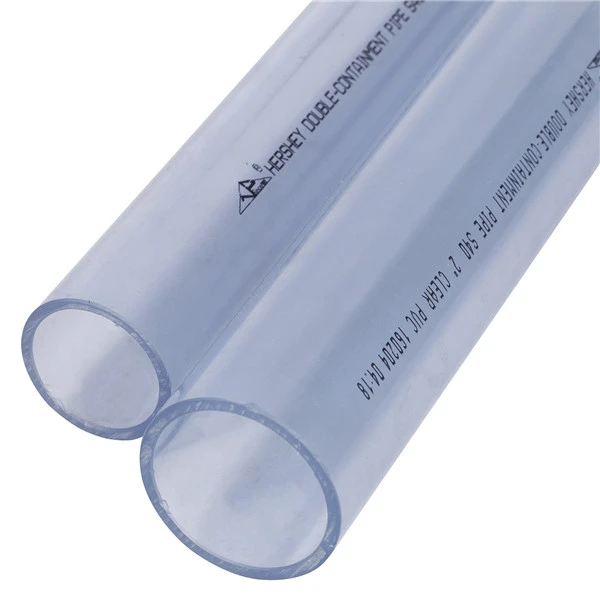dec . 09, 2024 17:33 Back to list
HDPE Plastic Welding Rods for Strong and Durable Plastic Repairs and Fabrications
Understanding HDPE Plastic Welding Rods Properties, Applications, and Benefits
High-Density Polyethylene (HDPE) has become a popular material across various industries due to its exceptional properties. Among its many uses, HDPE plastic welding rods have emerged as a vital component in the field of plastic fabrication and repair. This article explores the characteristics, applications, and benefits of HDPE plastic welding rods, shedding light on why they are preferred in many projects.
Properties of HDPE Plastic Welding Rods
HDPE is known for its impressive mechanical properties. It boasts high tensile strength, making it suitable for structural applications. Additionally, HDPE has excellent resistance to impact, chemicals, and corrosion, which extends its lifespan and functionality. The welding rods made from HDPE share these properties, allowing them to be used effectively in welding applications.
The rods typically come in various diameters and lengths, catering to different project needs. They can be supplied in different colors, which aids in visual identification and improves aesthetics in finished products. HDPE welding rods are also characterized by their UV resistance, making them suitable for both indoor and outdoor applications.
Applications of HDPE Plastic Welding Rods
HDPE plastic welding rods serve a variety of applications in different sectors. One of the most common uses is in the maintenance and repair of HDPE structures, such as tanks, pipes, and geomembranes. In industries like agriculture, construction, and mining, HDPE’s durability makes it an ideal choice for water storage systems, irrigation pipes, and liners for containment facilities.
In the manufacturing sector, HDPE rods are frequently used to join or fabricate new components, allowing for quick and efficient assembly. This is particularly beneficial in industries that rely on custom plastic fabrications, such as sign-making and display manufacturing.
Moreover, the utility of HDPE welding rods extends to artistic and creative industries, where plastic welding techniques are employed to create unique sculptures or installations. The versatility of HDPE allows artists to experiment with various forms and designs while ensuring their creations are durable and long-lasting.
hdpe plastic welding rods

Benefits of Using HDPE Plastic Welding Rods
1. Cost-Effectiveness HDPE welding rods provide a cost-effective solution for repairs and fabrication. Their longevity and ability to withstand environmental stressors reduce the need for frequent replacements, saving both time and resources.
2. Ease of Use Welding with HDPE rods is relatively straightforward, making it accessible for both professionals and DIY enthusiasts. With the right equipment—such as a plastic welding machine—users can achieve robust joints without extensive training.
3. Environmental Resistance Given HDPE's remarkable resistance to moisture, chemicals, and UV rays, projects that involve outdoor installations benefit significantly. This means that structures made or repaired using HDPE rods can endure harsh conditions without degradation.
4. Recyclability HDPE is one of the most widely recycled plastics. Using HDPE welding rods not only contributes to sustainability but also encourages the recycling of plastic waste, aligning with global efforts to reduce plastic pollution.
5. Versatile Applications The adaptability of HDPE rods extends beyond conventional uses. From industrial applications to art projects, their versatility allows them to cater to a wide range of needs.
Conclusion
HDPE plastic welding rods are an integral part of modern plastic fabrication and repair. Their unique properties, wide range of applications, and numerous advantages make them an ideal choice for many projects across different industries. Whether for repair, assembly, or artistic endeavors, HDPE welding rods are a reliable solution that provides durability, efficiency, and cost savings. As industries continue to seek sustainable and effective materials, HDPE rods will undoubtedly play a crucial role in the future of plastic welding and beyond.
-
HDPE Natural Sheet: Durable, Food-Grade & Versatile Plastic Solutions
NewsAug.27,2025
-
Durable Glossy PVC Rigid Sheet | Premium High-Shine Panels
NewsAug.26,2025
-
Durable PP Rigid Sheet: Lightweight, Chemical Resistant Solutions
NewsAug.21,2025
-
PVC Grey Sheet for Extraction: Chemical Resistant & Durable
NewsAug.19,2025
-
Durable PVC Pipe Fittings for Plumbing & Irrigation Needs
NewsAug.18,2025
-
HDPE Steel Belt Reinforced Spiral Corrugated Pipe | High Strength
NewsAug.17,2025

